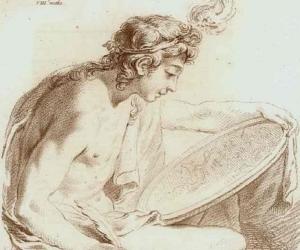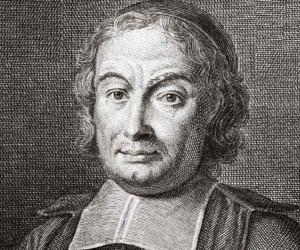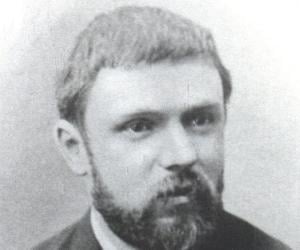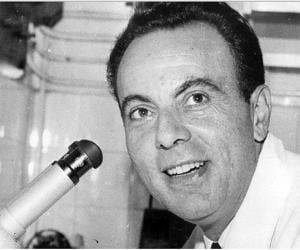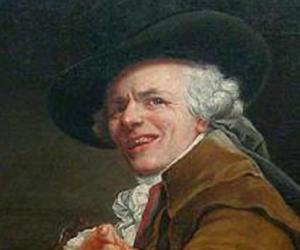

Nobel Prize-winning French biologist François Jacob is remembered for his discovery of operons, or regulator genes, with Jacques Monod. He had also been part of the French army during World War II. Though initially interested in physics and math, he later took up medicine to avoid a strict regime.


Pierre Schaeffer was a French composer, musicologist, writer, engineer, broadcaster, and acoustician. Schaeffer is credited with founding Groupe de Recherche de Musique Concrète. Schaeffer's innovative work in communications, acoustics, and literature as well as his anti-nuclear activism earned him widespread recognition. He is widely regarded as one of the most influential electronic musicians of all time.


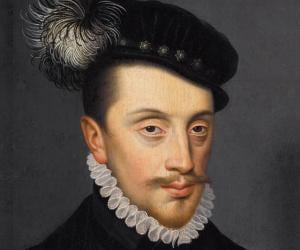


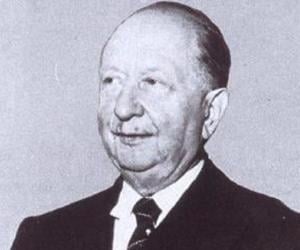
Lucien Febvre was a French historian best remembered for playing a major role in the formation of the influential Annales School of history. Along with his friend and colleague Marc Bloch, Lucien Febvre founded a scholarly journal named Annales in 1929, which became associated with their distinctive style of history.
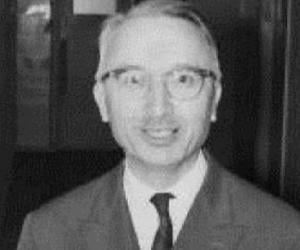
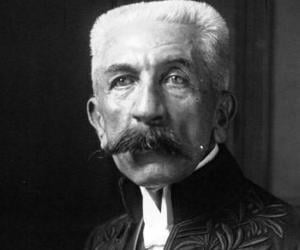
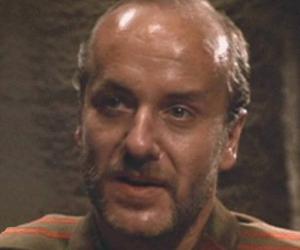
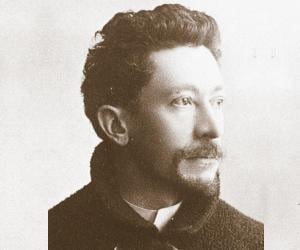
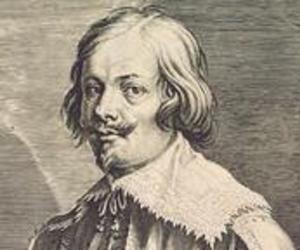
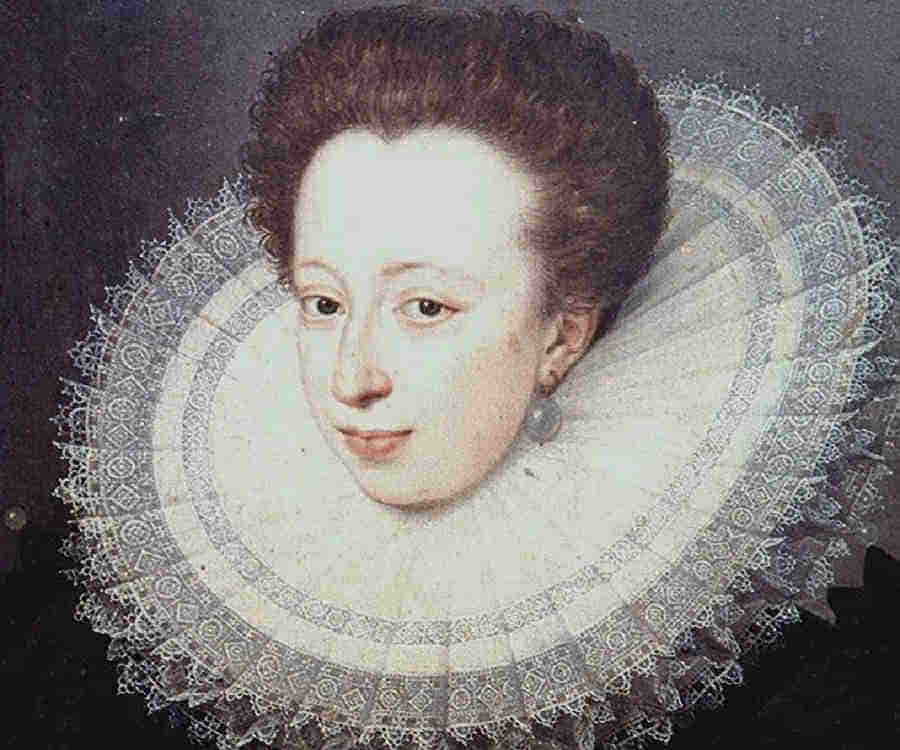

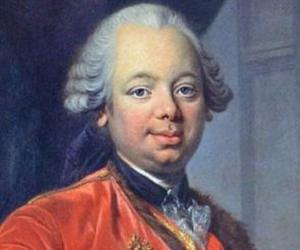
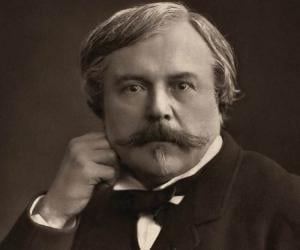
Edmond de Goncourt was a French writer, book publisher, art critic, and literary critic. He is credited with founding the popular French literary organization, the Goncourt Literary Society. Between 1856 and 1875, he published essays on 18th-century art, which helped revive appreciation for the Late Baroque.
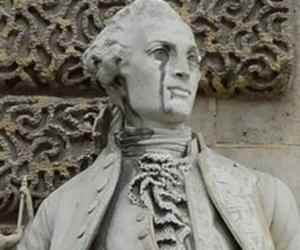

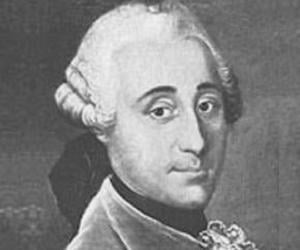
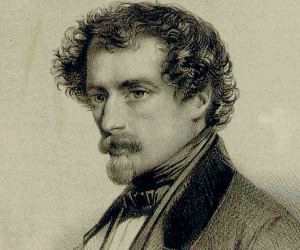
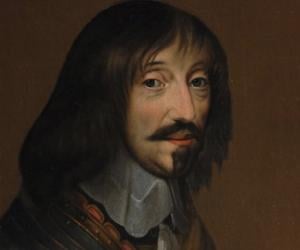
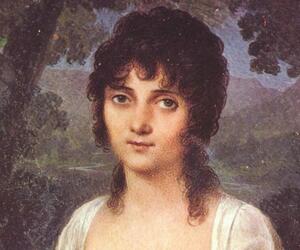

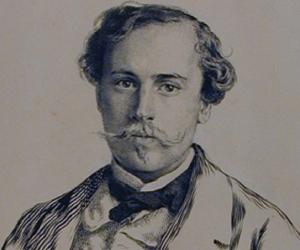
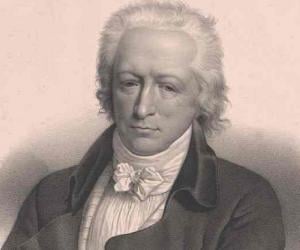
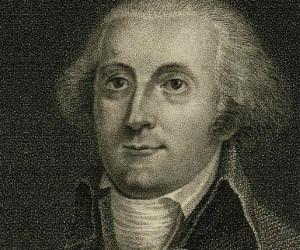
François René Mallarmé was a French statesman and an ardent supporter of Napoleon Bonaparte. Although he initially supported the Reign of Terror, he went on to betray its leaders which led to the downfall of Maximilien Robespierre which in turn ended the Reign of Terror. He went on to support the reactionary régimes that followed the Reign of Terror.
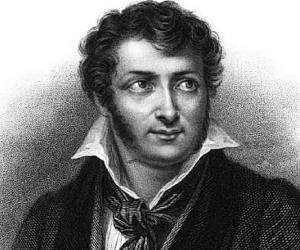
Best remembered for melodramatic plays such as The Dog of Montarges and Coelina, theater director and playwright René-Charles Guilbert de Pixérécourt was known for his signature realistic sets. His melodramas set the tone for the theater of the 19th century. He had initially studied law and had then served the army.


Apart from serving as a court architect of Stanisław Leszczyński, Duke of Lorraine, Emmanuel Héré de Corny had also laid down the urban plan for Nancy. His creations included the promenades and colonnades such as Place de la Carrière. His other works include the church of Notre-Dame-de-Bon-Secours.
